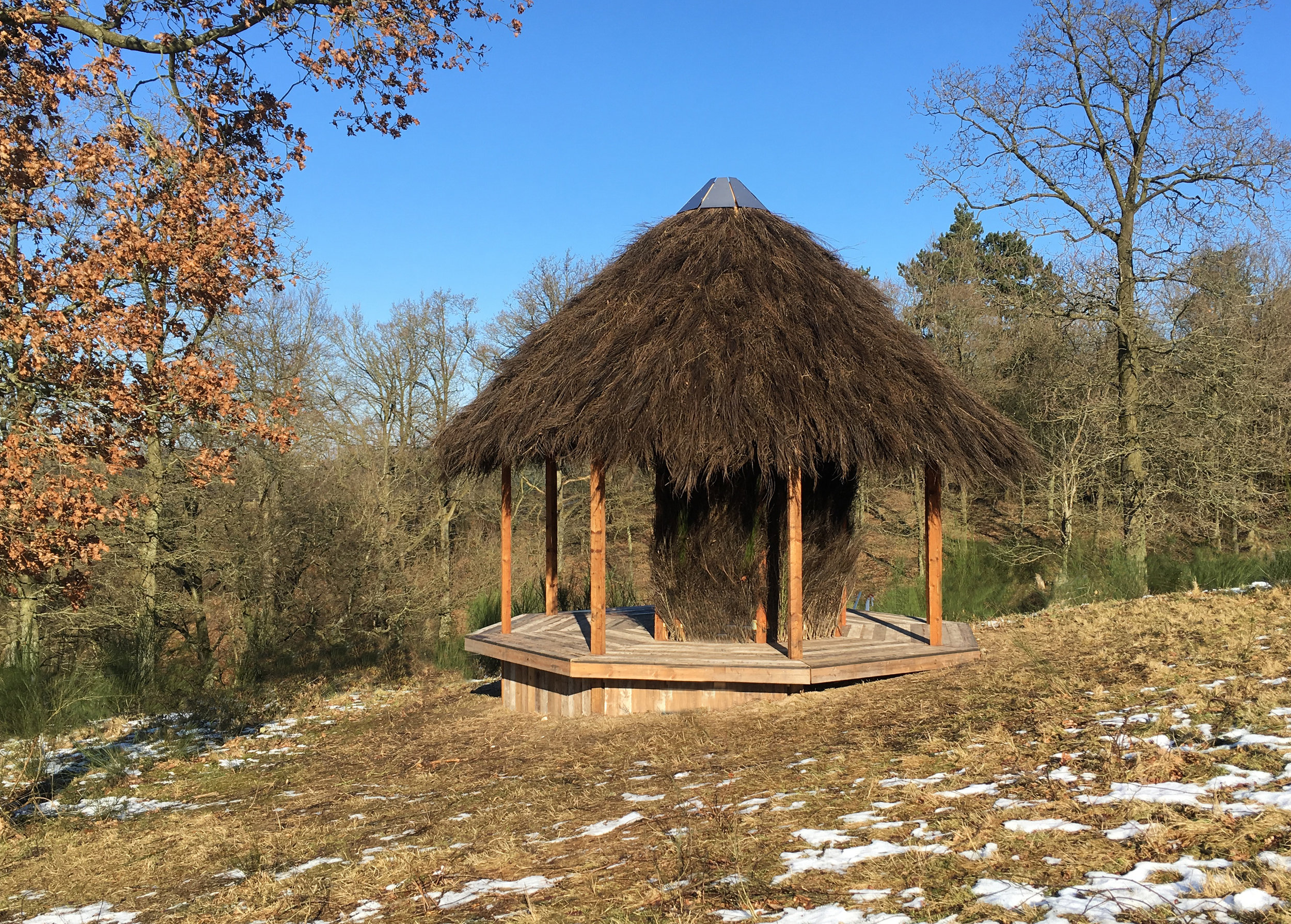under plough. lies land. BENEATH SKY.
Under plov. Ligger land. Under himmel.
Faaborg Museum, Fuglsang Kunstmuseum, Ribe Kunstmuseum og Den Hirschsprungske Samling
Jordforbindelser - Dansk maleri 1780-1920 og det antropocæne landskab.
2018-2019
Click the images to the left to read about each part of the exhibition.
The site-specific work Under Plough. Lies Land. Beneath Sky. is part of the traveling exhibition Down to Earth - Danish Painting 1780-1920 and the Anthropocene Landscape, created in a collaboration between Faaborg Museum, Fuglsang Art Museum, Ribe Art Museum og The Hirschsprung Collection. The exhibition centres around climate change and the relationship between man and nature in a historical perspective.
The exhibition presents Danish landscape paintings by artists such as C.W. Eckersberg and Vilhelm Hammershøi, who interpreted the changing landscapes and thus contributed to the story of man's imprints on nature in the 19th and in the beginning of 20th century. New works by Camilla Berner and Rune Bosse bring contemporary artistic perspectives to the climate debate and view on nature.
Camilla Berner’s contribution to Down to Earth is an exploration of the specific landscapes surrounding the four museums; an exploration of the way we understand nature. The work focuses on site specific plants surrounding the different museums that are having a changing impact on the landscapes. The plants in Berner’s work are either already categorised as invasive: Rugosa Rose and Japanese Knotweed, or have begun to behave invasively: Common Broom and Common Reed.
Two of the four areas have never been “under plough”, meaning that they haven’t been cultivated by man, but imprints from man’s actions are nonetheless present in the landscapes.
The higher temperatures and the increased amount of nitrogen in the soil and air are part of the reason behind the invasive behaviour of the plants, both of which are connected to the climate changes caused by man. The work investigates how the attempts to control the aggressive plants become yet another imprint of man's action in nature.
Berner has created a pavilion that is formed specifically for three of the four exhibition spaces, that is set up anew for each exhibition in the landscapes surrounding Faaborg Museum, Fuglsang Museum and Ribe Art Museum. The roof and walls of the pavilion are thatched with plants with an invasive behaviour collected in the different areas. There wasn’t made a pavilion for The Hirschsprung Collection due to the risk of spreading Japanese Knotweed through the thatching material.
For each exhibition, photographs of the specific plants are exhibited inside the museum, each accompanied by a display case showing the biology of the plants accompanied by text fragments.
A book has been made in connection with the traveling exhibition: Jordforbindelser
With generous support from: The Obel Family Foundation, Vadehavscentret, The Danish Art Workshops (SVK), Det Classenske Fideicommis, Naturstyrelsen (afd. Fyn/Svanninge Bakker)
Pavillon
Dimensions: octagonal, 500 x 450 cm
Materials: recycled wood, plant material
Montres
Dimensions: 83 x 183 x 90 cm
Materials: wood, dried plants, seeds, roots, text on paper
Photos: 145 x 145 cm, Barytha Fine Art, 325 g
Edition: 5 (+2 AP)
FURTHER READING
Kunsten.nu
Faaborg Museum
Fuglsang Kunstmuseum
Ribe Kunstmuseum
Statens Værksteder for Kunst



